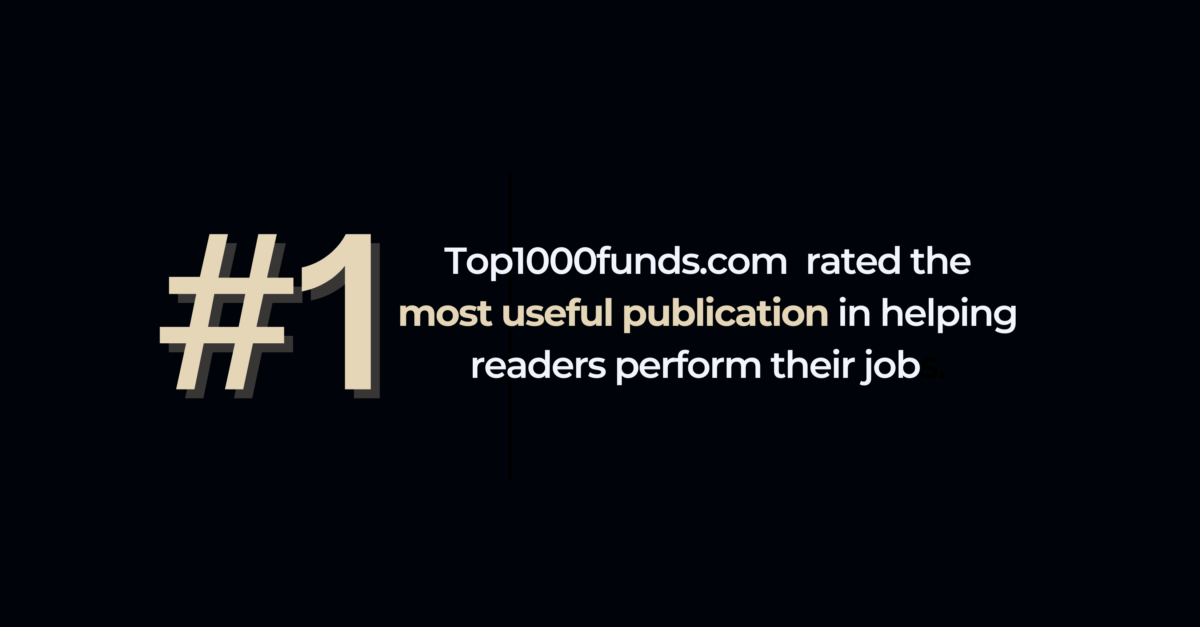Two in-depth studies of the investment practices of sovereign wealth funds (SWFs) have revealed the delicate nature of balancing long-term and short-term objectives, and a leaning towards more illiquid assets.
Conducted by one of the International Forum of Sovereign Wealth Funds’ research partners, State Street, both papers used existing academic literature, interviews with academic experts and IFSWF members to collect their findings.
Asset allocation for the short and long term, a survey of 10 SWFs focusing on asset allocation – both current allocations and the evolution of allocations – showed that they tend to allocate to more traditional investment categories, and are more heavily weighted to fixed income than equity.
The funds’ investments were primarily focused in foreign markets (about three quarters of assets) and were predominantly focused on the developed world, rather than emerging markets.
However 50 per cent of respondents said they had increased their allocation to emerging markets over the past three to five years. Other asset classes to benefit from increased allocations by SWFs in the recent past include infrastructure, real estate, and hedge funds.
In the future, around 20 per cent of respondents said they would increase allocations to equities, infrastructure, real estate, non-listed, and emerging markets.
Actively managed investments were favoured over passive by only a small margin of respondents (54 to 46 per cent), and listed outweighed non-listed by three to one.
The paper explored how SWFs, as long-term investors, evaluate asset classes and asset managers, and how diversification and risk can be measured as a long horizon investor.
Will Kinlaw, senior vice president at State Street and one of the papers’ co-authors, said one of the concepts explored in the asset allocation paper was how diversification plays out over different time horizons.
“For example in emerging markets, if you are using monthly data, the correlation between emerging markets and the US is very high. But if you use three-year time periods then it’s a much lower correlation, near zero,” he says.
“This means you can’t just rely on simple metrics, especially in alternatives. There is a blend of qualitative and quantitative analysis that needs to go into it. It’s important in examining diversification and correlations to look over different intervals. What drives risk over different periods varies; for example over a long-term period it’s driven by earnings, over shorter time it’s discount rates.”
In terms of the SWF’s opinions of the most relevant competencies required in expanding to new assets classes, an overarching theme, apart from the obvious need for analytical aptitude and commercial acumen, was the importance of being able to build and maintain relationships.
Whether it was with regard to building internal capacity through cooperation with outside resources, through establishing relationships with consultants/advisors, or through establishing communication channels with external managers, the key competency mentioned revolved around relationship building. This has important implications for identifying external investment resources, for hiring investment talent, and for establishing and maintaining a collaborative culture within investment teams.
The asset allocation survey also looked at the challenges faced by SWFs in investing in private markets, which included lack of transparency, illiquidity, lack of appropriate benchmarks, fees and insufficient in-house resources.
The respondents thought the keys to success in private market investing were:
Investment and operational due diligence process.
Institutional relationships and manager alignment.
In-house resources and human resources policies.
Governance structure and stakeholder communication.
Speed of decision making.
Sophistication of risk management systems.
Size of assets under management.
Overcoming challenges in private markets
A separate study that looked at how SWFs are addressing the challenges of private market investing, Comparison of members’ experiences investing in public versus private markets, found that the primary driver for investing in private markets, by the SWFs interviewed, was the potential for a return premium.
Some SWFs stated that they were well suited to bear illiquidity risk due to their long time horizon. But, even where private market investments have performed well, internal debates continue as to whether the premium compensates fully for the illiquidity and other risks associated with private markets investing.
“Illiquidity is the biggest risk of investing in private markets even if these investors have long horizons, because illiquidity is the opportunity cost; it’s what you give up for that premium, you can’t just assume illiquidity premiums are priced in,” Kinlaw says.
In addition to a return premium, the SWFs said private markets offered access to specific exposures, and introduced some beneficial diversification.
The main risks that SWFs needed to manage and mitigate included a concern that investments were too concentrated; a concern about leverage risk; the risk of capital loss; a greater degree of reputational, tax and regulatory risk; currency risk; illiquidity risk; the risk of hiring a bad manager; and key person risk and turnover.
Each of the SWFs spoke at length about the capabilities and governance structures that they had developed in order to launch a private markets program. The importance of people was a major theme, and each of the SWFs said that their commitment to developing a qualified and talented team was a key ingredient to their success.
“The interviews revealed that to be successful the funds have to have good talent, they really focus on it but also struggle with it because many SWFs are in remote locations. The human element is more essential in private investments than public investments,” Kinlaw says.
“Access is also linked to having the right people in house. Private markets are a long-term investment, so it’s tricky to have staff turnover; you want someone around for the long haul.”
Funds also spoke about the need for enhanced governance and decision-making frameworks to balance the complexity of private markets, and the need for due diligence, with the pressure to move decisively when opportunities arise.
The SWFs employed a range of practices to hire, develop and retain strong teams, including developing local staff by co-operating closely with private equity firms, leveraging external consultants to supplement or complement in-house staff, identifying staff with relationships, avoiding silos in the organisational structure, building strong middle and back office teams, building teams with a diverse set of skills, and retaining staff by instilling them with a sense of purpose.
Following the hour-long interviews, the paper produced a list of advice to sovereign wealth funds wanting to invest in private markets:
- Establish a strategy based on expertise you can build in-house.
- Start slow. “This was a really emphatic point,” Kinlaw says.
- Private markets are local markets and require local knowledge. One big advantage is to partner with other SWFs. When the survey asked SWFs if they have co-operated with other SWFs or large investors, 100 per cent said they had.
- Thorough due diligence.
- Establish strong governance and decision making, avoid silos and group think.
- Emphasise qualitative over quantitative factors with managers.
- Cultivate a long-term horizon and a long-term culture. This includes performance measurement and the way people are compensated.
- Create ways to build a team and have them be committed.
- Learn from your success and failures. “Really take the time at the end of the investment to look at the reasons for going into it versus what happened, and institutionalise that learning,” Kinlaw says.
“The investment landscape has evolved significantly in recent years, and SWFs have contended with an ever-expanding array of investment opportunities in both public and private markets,” Roberto Marsella of CDP Equity (a company of the Cassa Depositi and Prestiti group of Italy) and lead of the investment practice committee of IFSWF, says. “In response, many are re-evaluating the methods they employ to construct portfolios and measure and manage portfolio risk. The low interest rate environment creates new challenges and requires reassessment of investment methodologies and professional skills.”



